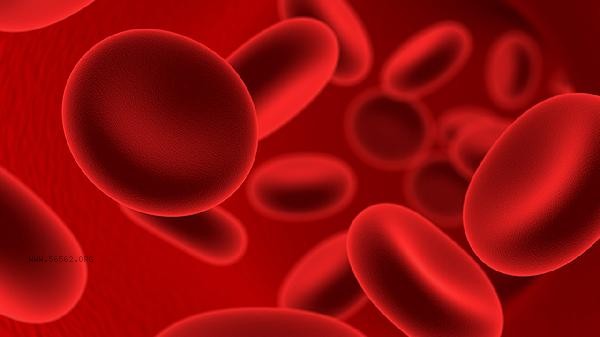Elevated hematocrit may be caused by dehydration, altitude sickness, polycythemia vera, chronic obstructive pulmonary disease, congenital heart disease, and other factors.
1. Dehydration:

A large loss of body fluids can lead to blood concentration, manifested as a relative increase in hematocrit. Commonly seen in situations such as lack of timely hydration after intense exercise, long-term diarrhea or vomiting. Supplementing electrolyte solution or increasing drinking water can quickly improve, but it is important to be aware that severe dehydration may lead to shock.
2. High altitude sickness:
Low oxygen environment stimulates bone marrow hematopoietic dysfunction, leading to compensatory increase in red blood cells. Commonly seen in people who quickly enter areas above 3000 meters above sea level, accompanied by symptoms such as headaches and difficulty breathing. It usually takes 2-4 weeks for self adaptation, and aerobic therapy intervention may be necessary.
3. Polycythemia vera:

Bone marrow proliferative disease leads to abnormal proliferation of red blood cells and a significant increase in blood viscosity. Patients may experience symptoms such as skin flushing and splenomegaly, and their red blood cell count should be controlled through bloodletting therapy or medication such as hydroxyurea. The risk of thrombosis is high and regular monitoring is necessary.
4. Chronic obstructive pulmonary disease:
Long term hypoxia stimulates the secretion of erythropoietin by the kidneys, leading to secondary erythrocytosis. Commonly seen in patients with emphysema caused by smoking, accompanied by symptoms such as coughing and wheezing. Basic diseases need to be improved through oxygen therapy and bronchodilators.
5. Congenital heart disease:
Patients with cyanotic congenital heart disease who have a right to left shunt may experience compensatory red blood cell count due to insufficient blood oxygen saturation. Diseases such as Tetralogy of Fallot require surgical correction of deformities, and untreated conditions may lead to serious complications such as brain abscess.

It is necessary to maintain a daily water intake of 2000 milliliters and avoid prolonged high-temperature work or intense exercise without hydration. High altitude residents should gradually adapt to the environment, and smokers should undergo regular lung function tests. When the hematocrit continues to exceed 50%, it is recommended to complete specialized examinations such as bone marrow puncture and genetic testing. Diet can appropriately increase diuretic ingredients such as winter melon and celery, and reduce the intake of high purine foods such as animal organs to lower blood viscosity. Aerobic exercise three times a week can help promote blood circulation, but patients with cyanotic congenital heart disease need to control the intensity of exercise under the guidance of a doctor.








Comments (0)
Leave a Comment
No comments yet
Be the first to share your thoughts!